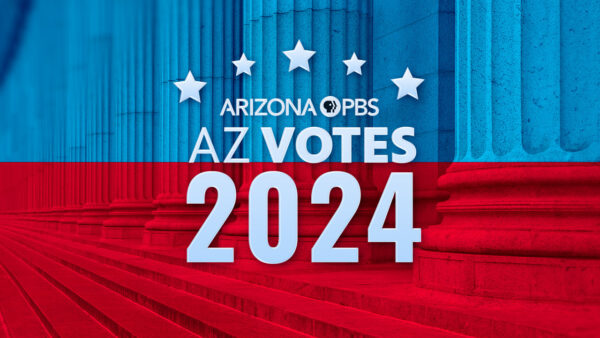White House issues a warning on government shutdown
Sept. 27, 2023
Congress appears to be on track to trigger a government shutdown on October 1, 2023. It is not expected to pass the 12 appropriations bills that fund government operations before the start of the new fiscal year.
Federal agencies cannot spend or obligate any money without an appropriation (or other approval) from Congress. When Congress fails to enact the 12 annual appropriation bills, federal agencies must cease all non-essential functions until Congress acts. This is known as a government shutdown.
If Congress enacts some but not all of the 12 appropriations bills, only agencies without appropriations have to shut down. This is known as a partial shutdown.
Danny Court, Partner and Senior Economist with Elliot D. Pollack and Company, joined Arizona Horizon to discuss the looming government shutdown.
“You’ve got to think of a government shutdown as a forced strike,” Court said. “The longer they go, the worse they get. Right now, it’s looking more and more likely we will have a shutdown.”
Court said it is possible this could be resolved as soon as in one day, but it can also take weeks.
“The political elements at play look like they’re dead set on getting what they want, otherwise they’re getting that shutdown,” Court said. “It would be great news if they could get that delayed, get more time to be able to negotiate, but everyone’s planning for that [shutdown] to occur.”
If a government shutdown occurs, each federal agency must decide who is essential and who is not. Essential government employees are then required to work without pay, basically becoming volunteers.
Essential federal employees are eventually reimbursed, but there is no way of knowing when, depending on how long the shutdown lasts.
“You do not put the U.S. economy at risk for a political fight,” Court said. “It’s a political game of chicken.”




















